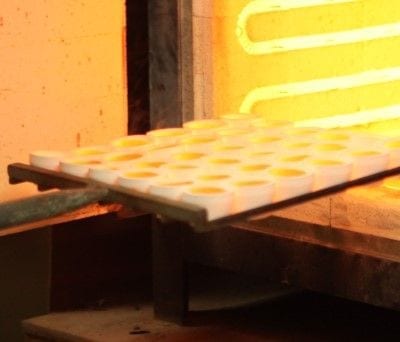
There is a lot of talk and confusion about the various methods to assay materials that contain precious metals. The method that has been used for hundreds of years is the fire assay.
Fire Assay:
Fire Assay, also known as cupellation is the industry standard for assaying precious metals. This destructive process analyses a sample from a homogeneous melt of the material to be analyzed. The sample along with Silver is wrapped in Lead foil and placed in a porous bone-ash cupel and melted. The Lead foil pulls the base metals into the cupel leaving a Gold and Silver dore bead. After treating the dore bead with Nitric acid to remove Silver from it, the remaining precipitate is dried and weighed to obtain the concentration of the precious metal. This is a time consuming process and typically takes about 5 hours to complete.
XRF/ X-Ray Fluorescence Spectroscopy:
X-Ray Spectroscopy is the process where the phenomenon of Fluorescence is used to determine the concentration of elements in a sample. Fluorescence is the phenomenon in which the absorption of a specific wavelength of energy (X-Rays) by a material results in a re-emission of radiation of a lower energy. This difference in energy is measurable and is characteristic of the atoms present in the material. The primary advantages of this method are that it is non-destructive and is very fast.
When is one used over the other? Typically larger lots (AU < 50 Oz’s. AG < 500 Oz’s) use fire assay process.
Should you request one over the other? Both forms are very accurate and are within .10% of each other but the fire assay adds at least 1 more day to complete lot.
Dillon Gage uses XRF most of the time due to its accuracy and speed of settlement for the customer.
